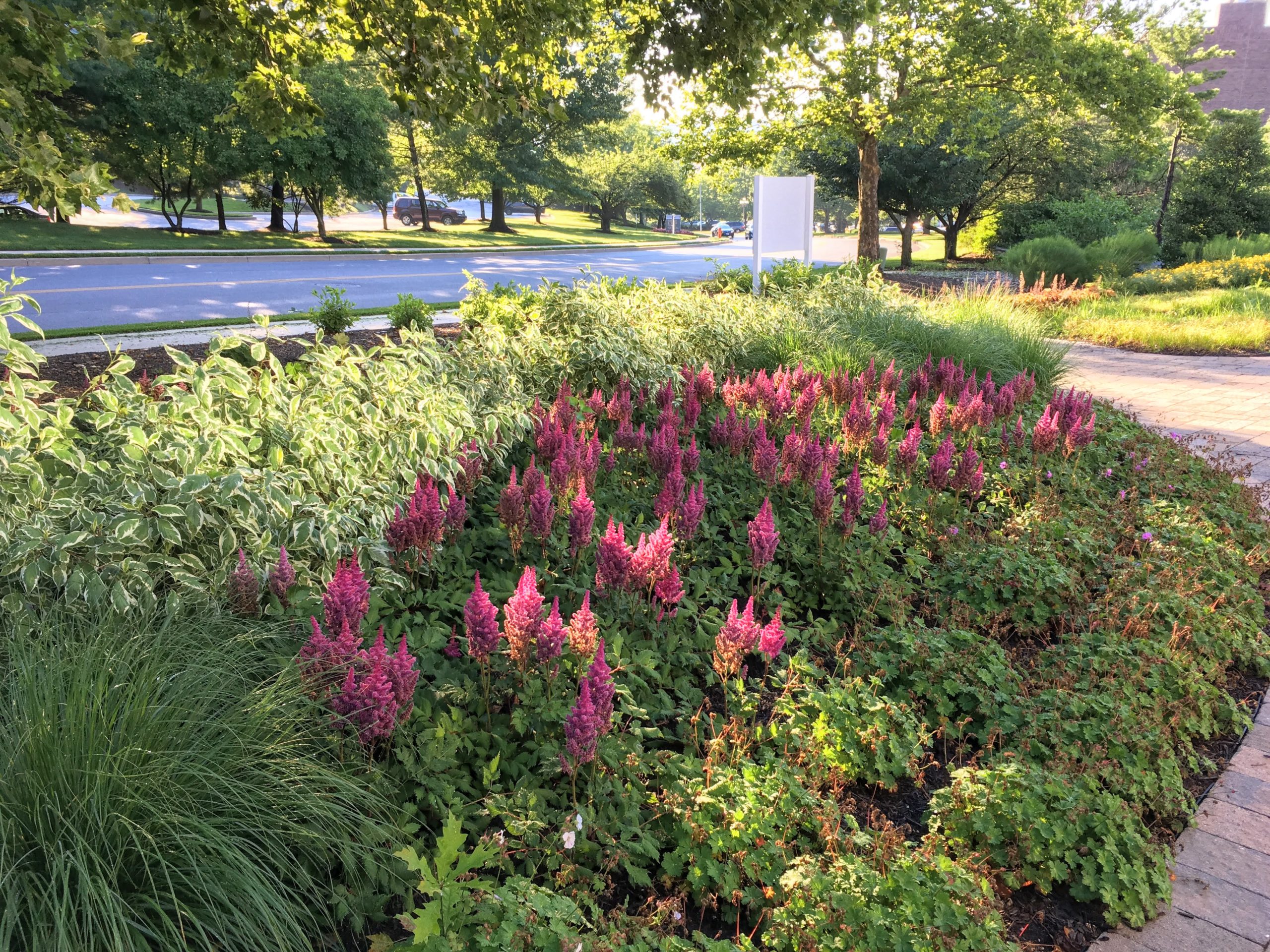Introduction
Creating a harmonious garden involves more than just planting your favorite flowers and shrubs. Knowing which plants go well together can dramatically improve your garden’s health, appearance, and ease of maintenance. Companion planting, a practice dating back centuries, combines plants that mutually benefit each other through pest control, improved growth, or soil enrichment. This article explores expert-backed pairings and practical advice for designing a garden where plants thrive side by side.
Why Do Some Plants Grow Better Together?
The Science Behind Companion Planting
Certain plants release chemicals or nutrients that enhance the growth of their neighbors or repel harmful insects. For example, aromatic herbs like basil can deter pests from tomatoes. Additionally, plants with different root depths and nutrient needs minimize competition, promoting a balanced ecosystem in your garden bed.
Benefits of Plant Pairing
- Pest Reduction: Some plants repel specific insects, reducing the need for pesticides.
- Improved Soil Health: Legumes fix nitrogen, enriching soil for nearby plants.
- Better Pollination: Plant diversity attracts a variety of pollinators.
- Optimized Space: Combining tall and low-growing plants maximizes sunlight and soil use.
Top Plant Combinations That Work Well Together
1. Tomatoes and Basil
Tomatoes thrive when planted alongside basil. Basil repels tomato hornworms and improves tomato flavor. Both plants prefer full sun and similar watering schedules, making care straightforward.
2. Marigolds and Vegetables
Marigolds are known for their nematode-repelling properties, protecting root vegetables like carrots and potatoes. Their bright flowers also attract beneficial insects such as ladybugs.
3. Beans and Corn
Beans climb up corn stalks, saving space, while beans fix nitrogen in the soil, benefiting corn growth. This traditional “Three Sisters” planting also includes squash, which acts as ground cover to suppress weeds.
4. Carrots and Onions
Onions emit a strong scent that deters carrot flies, while carrots help aerate the soil around onions. This pairing enhances pest control naturally.
5. Lavender and Roses
Lavender repels aphids that commonly attack roses, and both plants enjoy sunny, well-drained soil. Lavender’s fragrance also adds sensory appeal to the garden.
Practical Tips for Pairing Plants in Your Garden
- Assess Sunlight Needs: Group plants with similar light requirements to ensure all thrive.
- Match Watering Schedules: Pair drought-tolerant plants together and those needing regular moisture separately.
- Consider Plant Height: Place taller plants to the north or center to avoid shading shorter neighbors.
- Rotate Crops: Change plant locations yearly to prevent soil depletion and reduce pest buildup.
- Use Native Plants: Incorporate native species that naturally coexist for easier maintenance and ecological balance.
Common Mistakes to Avoid When Combining Plants
- Planting species with conflicting water needs together, leading to overwatering or drought stress.
- Ignoring soil nutrient demands, which can cause competition and poor growth.
- Overcrowding plants, reducing airflow and increasing disease risks.
Conclusion
Selecting plants that go well together in a garden is both an art and a science. By understanding companion planting principles, gardeners can create vibrant, resilient landscapes that require less chemical intervention and maintenance. Whether you combine tomatoes with basil or practice the traditional Three Sisters method, thoughtful plant pairings enhance growth and garden health. Start experimenting with these combinations and watch your garden flourish with natural synergy.
